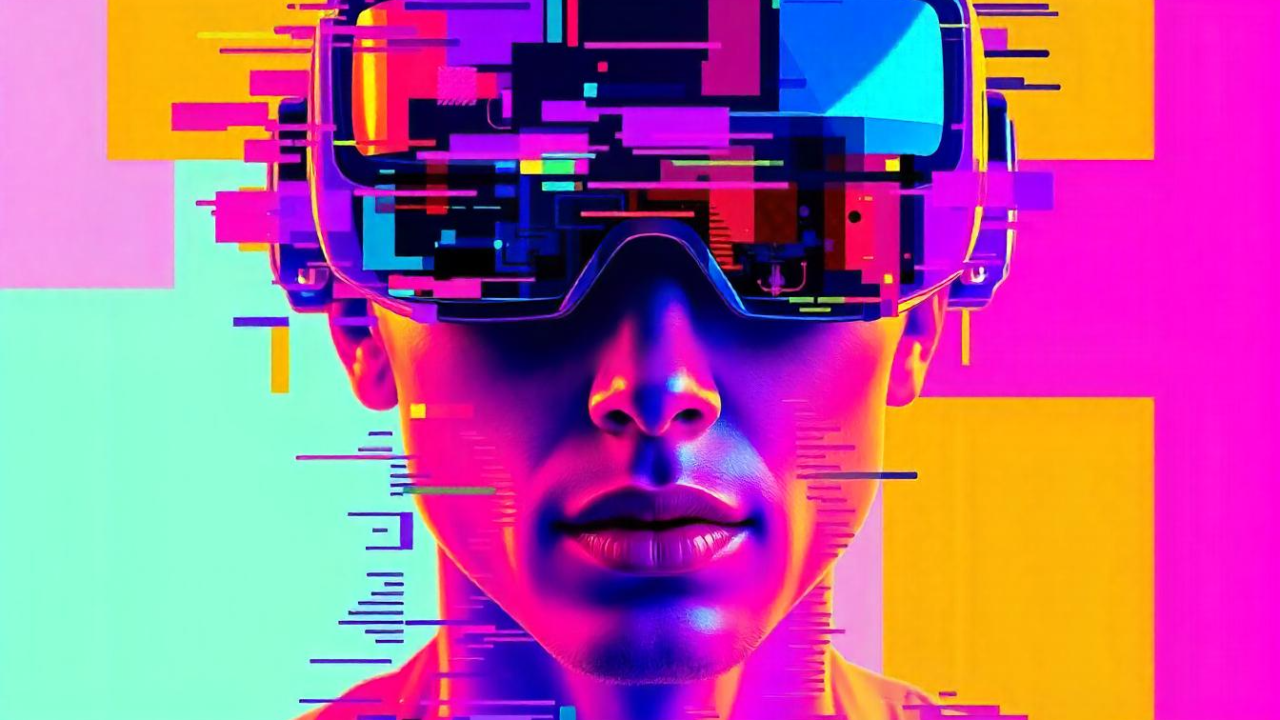Virtual Reality Meets AI: A Game-Changer for Employee Onboarding
Imagine new employees stepping into a VR environment where they are greeted by AI-powered avatars that guide them through company policies, introduces them to virtual colleagues, and simulates real-world workplace scenarios. This 360° company experience enhances engagement, boosts knowledge retention, and accelerates integration into the company culture. Let’s explore how Conversational AI avatars in VR can revolutionize the onboarding process.
The Role of VR and Conversational AI in Onboarding
1. Creating an Immersive and Interactive Experience
Unlike static presentations or pre-recorded videos, VR immerses new employees in a lifelike digital environment where they can interact with virtual objects, explore office spaces, and engage in hands-on learning.
Conversational AI avatars in VR further enhance this experience by acting as virtual mentors. These AI-driven avatars can answer questions, provide instructions, and simulate real conversations, making onboarding feel more engaging and less overwhelming.
2. Personalization Through AI
One of the biggest challenges in onboarding is catering to individual learning styles. Conversational AI avatars in VR can adapt to each new hire’s preferences, pace, and level of understanding. Whether an employee needs extra clarification on company policies or wants a deeper dive into workplace tools, AI avatars can personalize the learning experience accordingly.
Benefits of Using Conversational AI Avatars in VR Onboarding
1. Enhanced Engagement and Retention
Traditional onboarding sessions often suffer from information overload, leading to low retention rates. With VR, employees can actively participate in simulations, making learning more memorable. AI avatars can also use storytelling techniques, gamification elements, and interactive quizzes to reinforce learning.
2. Consistent and Scalable Onboarding
In large organizations, ensuring a consistent onboarding experience across multiple locations can be a challenge. Conversational AI avatars standardize the onboarding process, ensuring every employee receives the same high-quality training, regardless of location or department.
Moreover, VR onboarding can be easily scaled, making it cost-effective for companies hiring at scale or operating remotely.
3. Faster Integration into Company Culture
A well-structured onboarding program goes beyond administrative tasks—it should immerse new hires in company values, mission, and work culture. In VR, new employees can explore a virtual office, attend simulated meetings, and even experience real-life workplace scenarios. Conversational AI avatars can introduce company leaders, explain key policies, and guide employees through role-specific training.
4. Realistic Job Simulations and Hands-on Training
For roles that require hands-on training, such as customer service, technical support, or sales, VR can provide realistic job simulations. New hires can practice handling customer queries, navigating company software, or troubleshooting issues in a risk-free environment, with AI avatars providing real-time feedback and guidance.
5. Reduced Onboarding Time and Costs
Traditional onboarding requires significant time and resources, from HR personnel conducting training sessions to preparing physical materials. VR-powered onboarding reduces these costs by automating many aspects of the process. Employees can complete training modules at their own pace, freeing up HR teams to focus on strategic initiatives.
Key Features of AI Avatars in VR Onboarding
- Natural Language Processing (NLP) – Enables AI avatars to understand and respond to employee questions in a conversational manner.
- Integration with Learning Management Systems (LMS) – VR onboarding can be linked to existing LMS platforms for seamless tracking and assessment.
- Multilingual Support – AI avatars can communicate in different languages, making onboarding accessible to a global workforce.
- Scenario-Based Learning – Employees can engage in role-playing exercises to handle real-world challenges in a controlled environment.
Implementing VR & AI in Onboarding: A Step-by-Step Approach
Step 1: Define Onboarding Goals
Start by identifying key areas where VR can add value, such as company orientation, compliance training, or job-specific simulations.
Step 2: Develop Engaging VR Content
Work with VR developers to create immersive environments, interactive tasks, and AI-driven conversational scripts that align with the onboarding process.
Step 3: Integrate AI Avatars
Train AI avatars using company-specific knowledge, FAQs, and conversational scenarios to provide accurate and helpful responses.
Step 4: Pilot Test and Gather Feedback
Run a pilot onboarding session with a small group of employees to gather feedback and fine-tune the experience.
Step 5: Launch and Continuously Improve
Roll out the VR onboarding program across the organization, regularly updating AI interactions and VR content based on user feedback and company changes.
The combination of Conversational AI avatars and VR has the potential to transform employee onboarding into a dynamic, engaging, and highly effective experience. By immersing new hires in a 360° company experience, organizations can boost retention, improve engagement, and accelerate job readiness. As businesses continue to adopt these cutting-edge technologies, the future of onboarding will become more interactive, personalized, and impactful than ever before.




